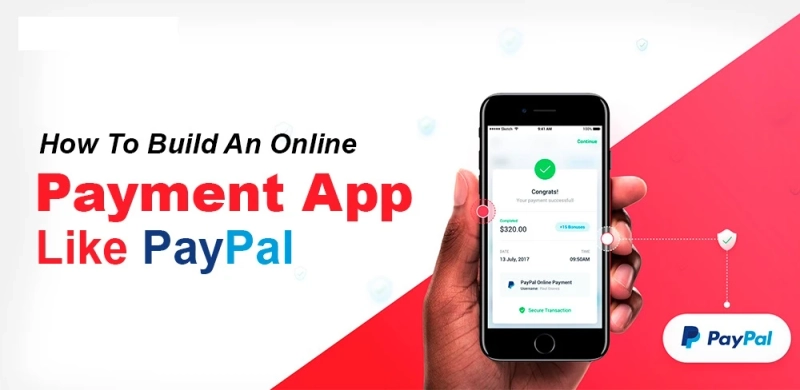In a world where digital transactions have become the norm, the need for secure and convenient payment platforms has soared. Creating an app like PayPal demands a comprehensive understanding of its functionalities, security protocols, and the ever-evolving demands of the market.
Understanding the Need
The first step in building an app like PayPal is understanding the core reasons behind its success. PayPal's success lies in offering a simple, secure, and flexible platform for users to send, receive, and manage money. To replicate this success, a developer must thoroughly comprehend the nuances of the fintech industry, user behavior, and the technological landscape. Understanding customer pain points and market gaps is crucial for a new app's success.
Identifying Core Features
An app like PayPal must encompass essential features to ensure a comprehensive user experience. These features include user registration, profile management, linking bank accounts or cards, fund transfer, transaction history, invoicing, and account security.
User Registration and Profile Management: A simple and intuitive registration process is key. Allow users to create accounts using email, phone numbers, or social media profiles. Profile management should enable users to edit personal information, add multiple payment methods, and set preferences.
Linking Bank Accounts or Cards: The app should allow users to link their bank accounts, debit/credit cards for transactions. It's critical to ensure a seamless and secure linking process for added convenience.
Fund Transfer: Enabling users to send money to others within the app or external email addresses or phone numbers should be simple and quick. Integrating various payment methods like instant transfers or ACH transfers can enhance flexibility.
Transaction History: A comprehensive record of all transactions is essential. Users should be able to track and review their transaction history effortlessly.
Invoicing: For business users, the capability to create and send invoices is crucial. This feature streamlines payments, making it easier for merchants and clients to manage transactions.
Account Security: Implement robust security measures including two-factor authentication, encryption, fraud detection, and regular security updates to ensure user trust and confidence.
Development and Technology Stack
Developing an app like PayPal demands a meticulous technological strategy. Utilizing a reliable technology stack is crucial. The choice of programming languages, databases, and frameworks significantly impacts the app's performance, security, and scalability. For example, languages like JavaScript, Swift, or Kotlin can be employed for app development, while frameworks like React Native or Flutter offer cross-platform capabilities.
The app's backend would require secure database management and server-side development. Technologies such as Node.js, Python, or Java can be employed for backend development. Database management systems like MySQL, PostgreSQL, or MongoDB may be utilized based on the app's requirements.
Regulatory Compliance and Security
Compliance with financial regulations and robust security measures are non-negotiable in the fintech industry. Adhering to regional and international financial laws, such as KYC (Know Your Customer) and AML (Anti-Money Laundering) regulations, is crucial. Integrating these compliance measures into the app ensures trust and legality, preventing potential legal issues.
Regarding security, implementing SSL encryption, tokenization, and regular security audits is paramount. It's essential to constantly update and fortify the app's security to safeguard user data and financial transactions.
User Experience and Design
A seamless and intuitive user interface is crucial for the app's success. A user-centric design that simplifies the payment process, provides clear navigation, and offers a visually appealing interface is vital. The design should focus on ease of use and accessibility across various devices, ensuring a consistent and delightful user experience.
Testing and Launch
Thorough testing is essential before the app's launch. Rigorous quality assurance testing should cover functionality, usability, security, and compatibility across different devices and operating systems. Once the app has undergone comprehensive testing, a strategic launch plan that includes marketing strategies and user acquisition techniques should be in place.
Conclusion
Developing an app like PayPal is a complex endeavor that demands a deep understanding of financial technology, user behavior, and stringent security measures. It requires a blend of technological expertise, regulatory compliance, and a user-centric approach. With a well-thought-out strategy, a comprehensive technological stack, and a dedication to providing a secure and user-friendly platform, aspiring entrepreneurs can create a payment app that stands strong in the competitive fintech landscape. The cost and price of an app like PayPal may vary depending on the features, development complexity, and ongoing maintenance, but the investment in creating such an app can be lucrative given its potential in the growing digital payment market.


